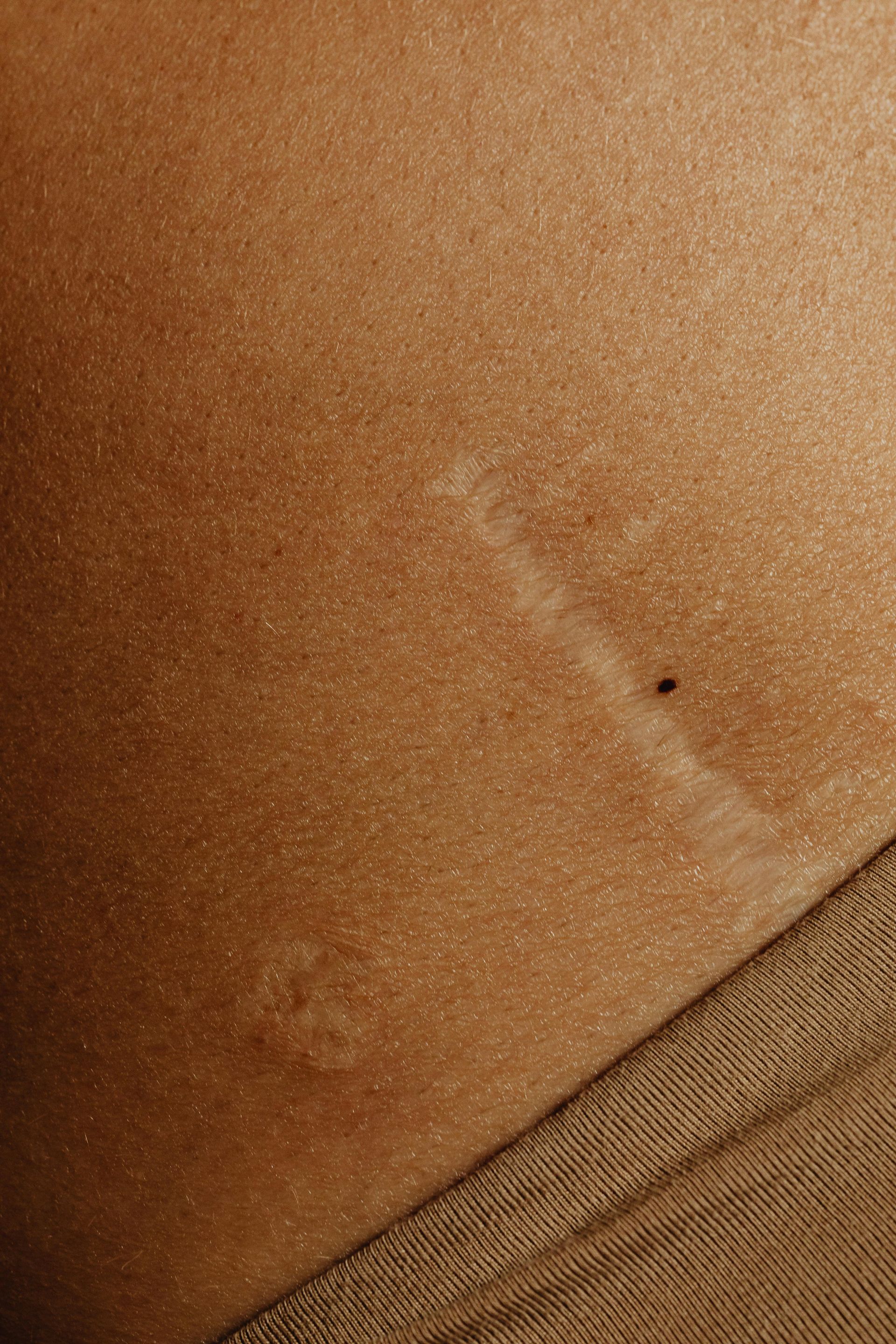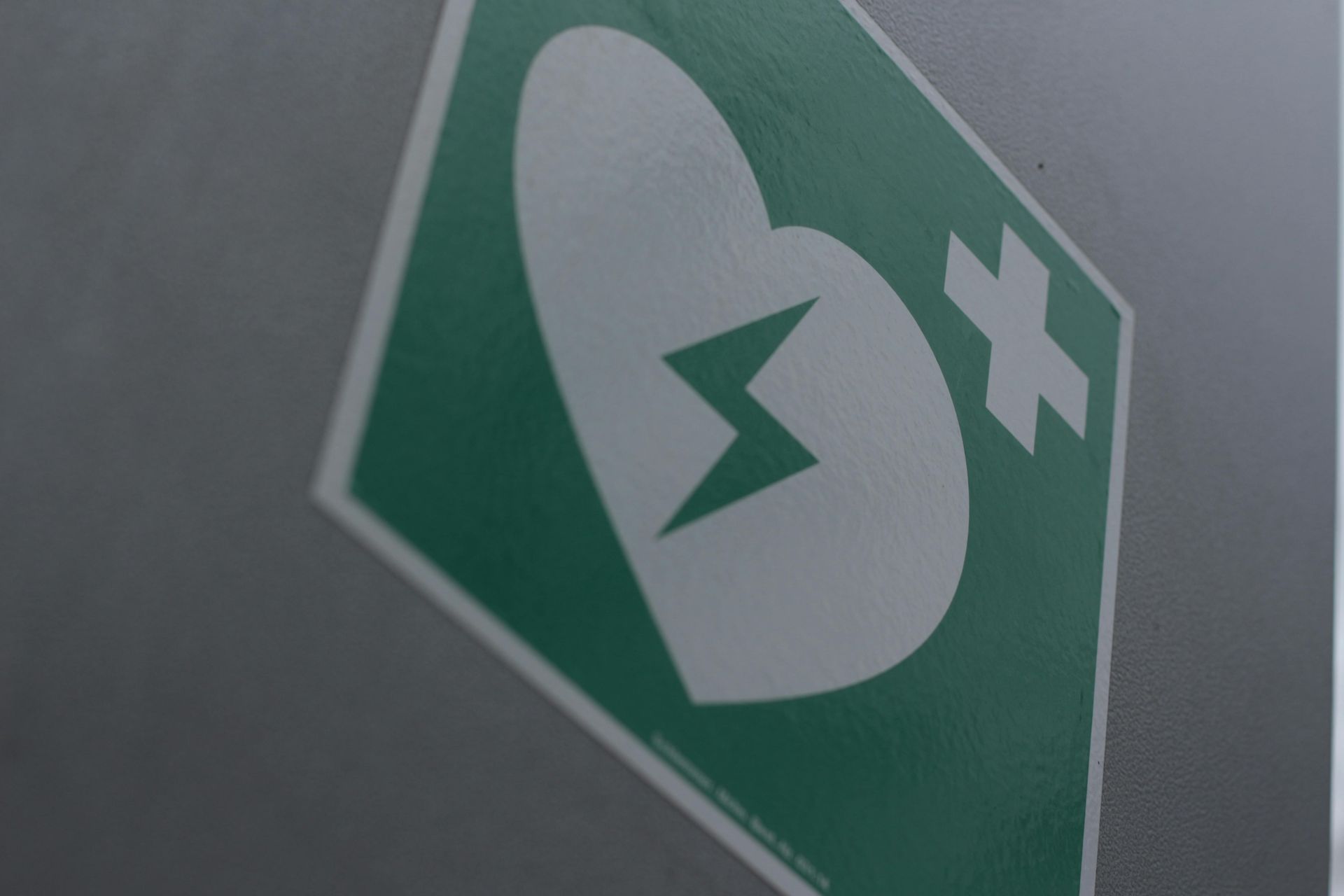What to do After an Acute Muscle Injury
2025
Recovering from an acute muscle injury can be a challenging experience, but it also presents an opportunity to strengthen and enhance your body. Once you’ve completed the initial recovery phase, it’s essential to understand the next steps to ensure long-term healing and prevent future injuries.
Importance of Rehabilitation and Strengthening
After an acute injury, your muscles may have lost strength and flexibility. Engaging in a structured rehabilitation program is crucial for:
- Restoring Functionality: Targeted exercises help regain full range of motion and functional strength.
- Preventing Re-injury: Strengthening the injured area helps protect against future injuries.
- Improving Performance: Enhanced muscle strength contributes to better performance in physical activities.
Myths About Recovery
Myth 1: Rest is All You Need
While rest is vital immediately after an injury, prolonged inactivity can lead to stiffness and muscle atrophy. Gradual reintroduction of movement and strengthening exercises is essential for recovery.
Myth 2: You Should Avoid All Exercise
Not all exercises are off-limits post-injury. In fact, low-impact activities can promote blood flow and facilitate healing. Always consult a professional to tailor a program suitable for your recovery stage.
Myth 3: Pain Means You’re Doing It Wrong
Discomfort can be part of the healing process, but sharp or intense pain is a signal to stop. Learn to differentiate between normal soreness and potential injury.
Recommended Exercises for Recovery and Strengthening
1. Gentle Stretching
Start with light stretching to improve flexibility. Focus on the injured muscle group, but avoid pushing into pain. Gradually increase the intensity as healing progresses.
2. Isometric Exercises
These exercises involve contracting the muscle without movement, helping to maintain strength while protecting the injury. For example, if you have a hamstring strain, try pressing your heel into the floor while lying down.
3. Resistance Training
Once you can tolerate more activity, incorporate resistance exercises. Bodyweight exercises, resistance bands, or light weights can help rebuild strength. Focus on gradual progression.
4. Functional Movements
As you regain strength, incorporate functional movements that mimic daily activities or sports. This helps prepare your body for real-life scenarios and improves overall coordination.
5. Cardiovascular Exercise
Engage in low-impact cardio activities, such as swimming or cycling, to enhance blood circulation without straining the injured area. This supports recovery and overall fitness.
The Role of Nutrition in Recovery
Nutrition plays a significant role in muscle recovery and growth. Ensure you’re consuming adequate protein, healthy fats, and carbohydrates to support tissue repair and energy needs. Hydration is also crucial for optimal recovery.
Conclusion
Recovering from an acute muscle injury is not just about healing; it’s an opportunity to build a stronger foundation. By understanding the importance of rehabilitation, dispelling common myths, and committing to a structured exercise program, you can enhance your recovery and prepare your body for future challenges. Always consult a healthcare professional before starting any new exercise regimen, especially post-injury, to ensure a safe and effective recovery process.




